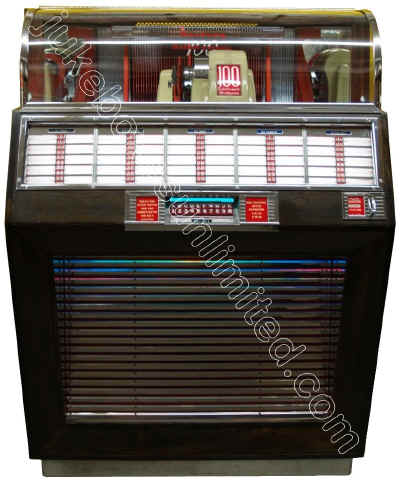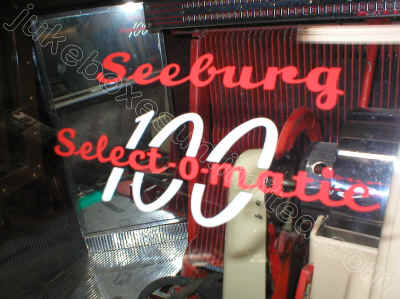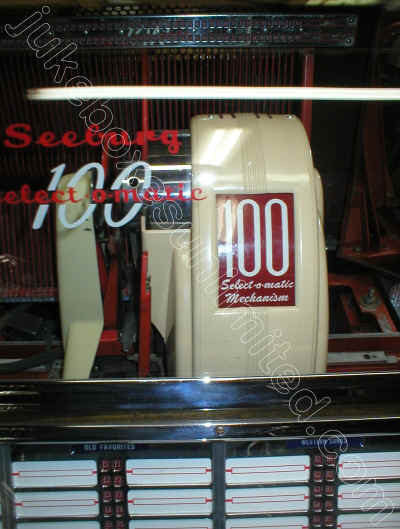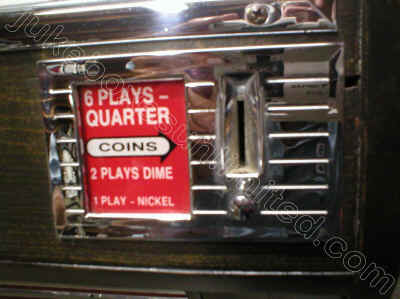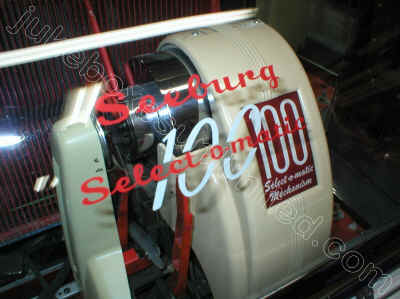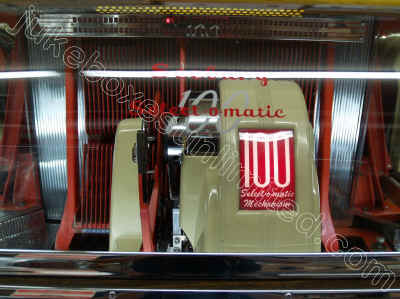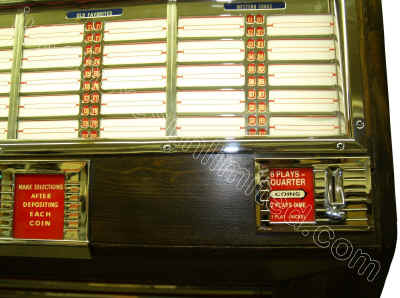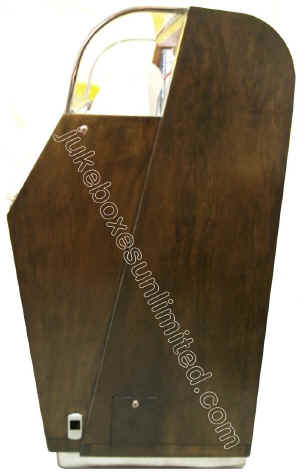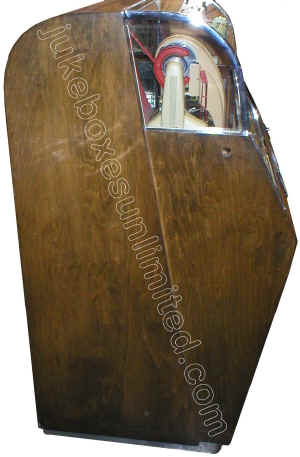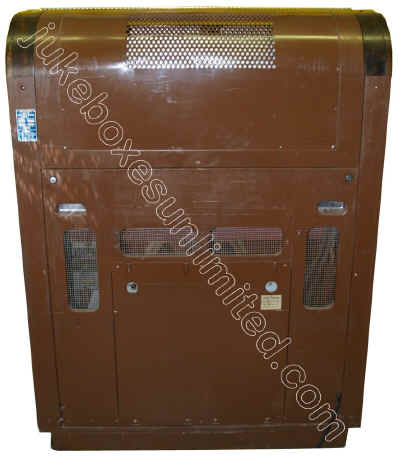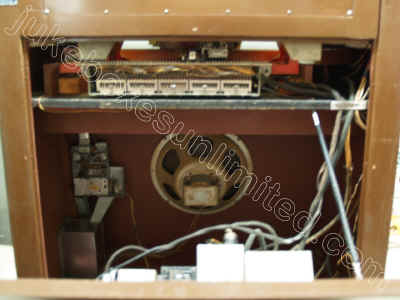|
||||||||||
1949 Seeburg If
you owned a wonderful music machine like this you could breakout the old Rock
and Roll 78s and start rocking! Does anybody still know how to
"Bop"? You should hear Gene Vincent’s
"Be-Bop-A-Lula" on an "A". And what's also
cool about an "A" is you can hear "Woman Love" on
the other side without flipping the record over. We ship worldwide and to insure proper care we crate the jukeboxes ourselves. Call us with your shipping address and we'll get you a competitive shipping/insurance quote (prices vary according to value and destination), unless you'd like to pick it up or have us deliver it in the Southern California area. Our experience in servicing jukeboxes bought elsewhere through the Internet is that many sustain some kind of damage in transport. When you buy a jukebox from us we make sure the components inside are properly secured. In some cases we can send you detailed photos and instructions on how to unpack the unit and get it up and running.
|
Jukeboxes Unlimited
® Jukeboxes For Rent ®
All rights reserved.

